Resources
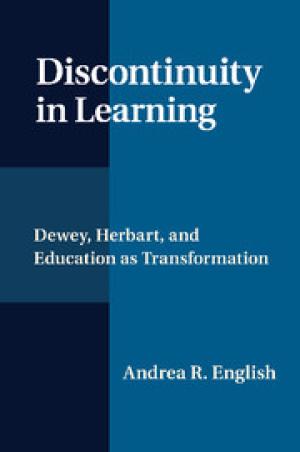
Click Here for Book Review Abstract: In this groundbreaking book, Andrea English challenges common assumptions by arguing that discontinuous experiences, such as uncertainty and struggle, are essential to the learning process. To make this argument, Dr English draws from the works of two seminal thinkers in philosophy of education - nineteenth-century German philosopher J. F. Herbart and American pragmatist John Dewey. English's analysis considers Herbart's influence on Dewey, inverting the accepted interpretation of Dewey's thought as a dramatic break from modern European understandings of education. Three key concepts - transformational learning, tact in teaching, and perfectibility - emerge from this analysis to revitalize our understanding of education as a transformational process. Dr English's comparative approach interweaves European and Anglo-American traditions of educational thought with a contemporary scholarly perspective, contributing to a work that is both intellectually rewarding and applicable to a classroom setting. The result is a book that is essential reading for philosophers and scholars of education, as well as educators. (From the Publisher)
“Metacognition” refers to helping students learn how to learn. This article provides suggestions for integrating student metacognition into a college course. It uses the example of a biology classroom, but the material is easily transferable. 
A project team developing resources for teaching Biblical languages using methods borrowed from the field of Second Language Acquisition used for modern languages. 
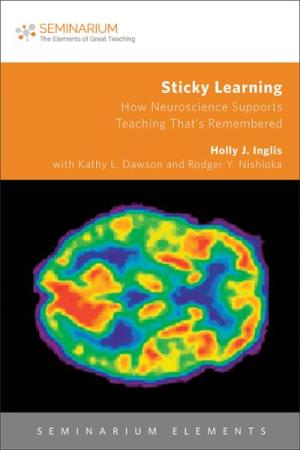
Click Here for Book Review Abstract: Despite the introduction of new technologies for classrooms, many seminary courses still utilize primarily auditory methods to convey content. Course outcomes may include opportunities for learners to demonstrate knowledge and skills gained but may not include opportunities for learners to begin to embed knowledge and skills into their long-term memory. Educators are engaging with neuroscientists to reshape classroom practices, content delivery, curriculum design, and physical classroom spaces to enhance students’ learning and memory, primarily in elementary and secondary education. Why not in seminary education? An overview of how learning occurs in our brain, what the different types of memory are, and how memory is created serves as a framework for suggesting pedagogical tools. These brain-friendly tools are specifically applied to individual academic disciplines, enabling instructors to make concrete modifications in the structure and content of what is taught, making learning more ‘sticky.’ Inglis’s synopsis of the use of neuroscience in the classroom and suggested action is followed by a collaborative dialogue with Kathy L. Dawson and Rodger Y. Nishioka. Dawson and Nishioka provide practical commentary regarding the successful implementation of Inglis’s proposed approach. As a group, Inglis, Dawson, and Nishioka create a text that extends pedagogical innovation in inspiring but practical ways. (From the Publisher)
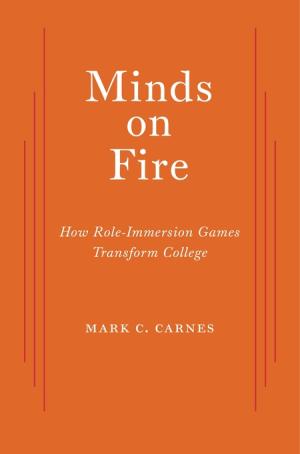
Click Here for Book Review Abstract: Why are so many students intellectually disengaged? Faculty, administrators, and tuition-paying parents have been asking this question for nearly two centuries. And the answer is always more or less the same: students are so deeply absorbed in competitive social play (fraternities, sports, beer pong, World of Warcraft, social media) that they neglect academics. In Minds on Fire, Mark Carnes shows how role-immersion games channel students’ competitive (and sometimes mischievous) impulses into transformative learning experiences. His discussion is based on interviews with scores of students and faculty who have used a pedagogy called Reacting to the Past, which features month-long games set during the French revolution, Galileo’s trial, the partition of India, and dozens of other epochal moments in disciplines ranging from art history to the sciences. These games have spread to over three hundred campuses around the world, where many of their benefits defy expectations. Students think more critically by internalizing alternative selves, and they understand the past better by filtering it through their present. Fierce competition between opposing sides leads to strong community bonds among teammates and develops speaking, writing, leadership, and problem-solving skills. Minds on Fire is a provocative critique of educational reformers who deplored role-playing pedagogies, from Plato to Dewey to Erikson. Carnes also makes an impassioned appeal for pedagogical innovation. At a time when cost-cutting legislators and trustees are increasingly drawn to online learning, Carnes focuses on how bricks-and-mortar institutions of higher education can set young minds on fire. (From the Publisher)
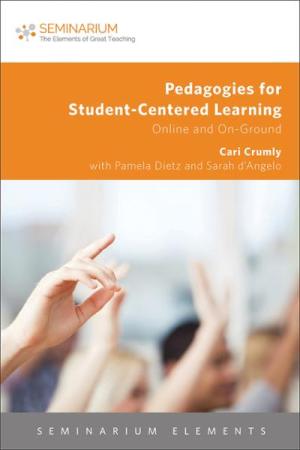
Click Here for Book Review Abstract: What comes to mind when you hear student-centered learning? Do you immediately see a classroom without a teacher? Do you see students teaching other students? How do you know which pedagogies to use when designing the best learning environment? The question of determining what pedagogies to use within the classroom (on-ground or virtual) can often plague teachers given today's student. This book will help you to identify the difference between teacher-centered and student-centered learning and the various pedagogies commonly associated with each. This book will draw upon the research and experience of three different educators and their pedagogical variations and uses within the classroom and online. Crumly’s synopsis of student-centered learning and suggested action is followed by a collaborative dialogue with Pamela Dietz and Sarah d'Angelo. Dietz and d'Angelo provide practical commentary regarding the successful implementation of Crumly's proposed approaches. As a group, Crumly, Dietz, and d'Angelo create a text that extends pedagogical innovation in inspiring but practical ways. (From the Publisher)
Is it feasible for nonfluent instructors to teach Biblical Hebrew by communicative principles? If it is feasible, will communicative instruction enhance postsecondary learning of a classical language? To begin answering these questions, two consultants representing second language acquisition (SLA) and technology-assisted language learning led 8 Biblical Hebrew instructors and a graduate assistant through a 3-year process involving study of SLA principles, development of Biblical Hebrew classroom manuals, training of teachers, and field-testing of materials with more than 90 students in 7 institutions. More than two-thirds of the students and all instructors found the communicative approach both effective and preferable to grammar-translation and audiolingual methods customarily employed for learning classical languages.
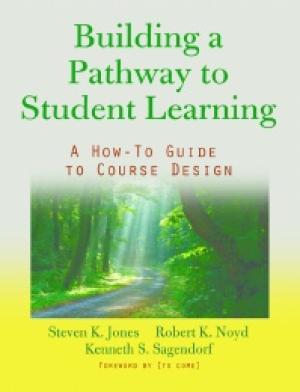
Click Here for Book Review Abstract: This book leads you through the process of designing a learning-centered course. It is written as a “how-to” handbook, providing step-by-step guidance on creating a pathway to student learning, including 26 workboxes (also available free online) that lead you through each element of the course design process and promote a rich reflection process akin to being in a workshop setting. The authors prompt you to (1) consider the distinctive characteristics of your students; (2) clearly articulate your course learning goals; (3) create aligned summative assessments; (4) identify the specific knowledge, skills, and attitudes students will need in order to be successful; (5) craft effective learning experiences, informed by the well-documented research on how people learn; and (6) incorporate formative assessment to ensure you and your students are staying on track. Completion of the sequence of worksheets leads to a poster as a visual display of your course design. This graphic depiction of your course ties the components together, provides a clear map of action for teaching your course, for modifying as you evaluate the success of particular strategies or want to introduce new concepts, and for developing your syllabus. A rubric for evaluating course posters is included. For faculty developers, this book provides a proven and ready-made resource and text around which to design or redesign learner-centered course design workshops or multi-day course design retreats, replicating or modifying the renowned workshop that the authors have developed at the Air Force Academy for both faculty new to teaching and those with many years of teaching experience under their belt. (From the Publisher)
A 1000 word essay in response to a Call for Papers: “Compare the pedagogy of your classroom and a Wabash workshop"
A 1000 word essay in response to a Call for Papers: “Compare the pedagogy of your classroom and a Wabash workshop"